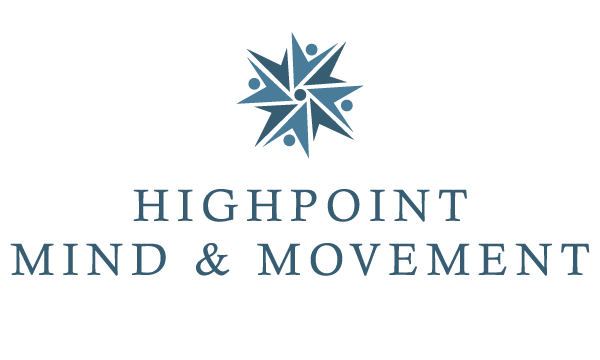Brain Gym®
A History
The Brain Gym and Edu-K programs developed out of seventeen years of research by Paul E. Dennison, Ph.D.
A teacher and reading specialist, Dr. Dennison’s research began in 1969 as director of the Valley Remedial Group Learning Centers in California. His exploration of learning theory and right-brain / left-brain function earned him a doctorate in the relationship between thinking skills and beginning reading ability. Throughout his work and research, Dr. Dennison collaborated with experts in visual and motor development, continually searching for the key that would allow every student to be successful.
Multiple fields contributed to the development of the Edu-K/Brain Gym® program. Activities from vision training, such as eye-hand coordination, eye-teaming, and visual focus improve vision. Muscle-lengthening techniques from dance, sports, and physical therapy help to release tight muscle to help the body regain a more natural alignment. Activities from the Touch for Health program, developed by the late John Thie, D.C., bring the mind-body system into better balance.
Dr. Dennison and his wife Gail E. Dennison, a writer, artist, and movement educator, adapted activities from their research to create activities based on their understanding of the needs of the learner. It became clear to the Dennisons that these activities strengthen the foundational skills that are required for success in academics and life in general, such as smooth eye-tracking and focus, postural control, left-right coordination, spatial orientation, and auditory processing. These specific, targeted movements are incorporated into the evolving discipline of Edu-K, Educational Kinesiology, the study of movement in relation to achievement.
-
Brain Gym® and the Edu-K system grew out of the research and observations of Paul E. Dennison, Ph.D., a pioneer in the field of Educational Kinesiology – the study of movement in relation to learning and achievement. He was a professional educator and an authority on how cognitive and academic skills are developed.
Receiving the Phi Delta Kappa award for Outstanding Research at the University of Southern California in 1975, Paul was granted a Doctorate in Education for his research in reading achievement and its relationship to cognitive development and thinking skills. This research formed the basis of the Brain Gym program.
Paul continued studying left and right brain functioning and worked with experts in various fields such as motor development, primitive reflexes, and visual and auditory development. With these collaborations, his understanding of how movement affects learning and achievement grew tenfold. At the core of his research is the importance of movement, specifically the interdependence of physical development, neurological development, language acquisition, emotional development, and academic achievement. This provided the basis for his development of Educational Kinesiology.
Many years into his research Paul met and married Gail, an artist and movement educator, and together they continued developing the Edu-K system. Paul and Gail observed how a baby’s natural movements guide an infant intrinsically through the stages of proper mental and physical development. In their work with vision training they recognized movements that encouraged eye-hand coordination, eye-teaming, and visual focus, all of which are fundamental to learning. Such as in dance and physical therapy, certain practices helped to restore proper muscle function to promote a more natural posture, which in turn affects vision, coordination, and cognition. The Touch for Health program, which they later incorporated into the Edu-K system, restored balance and easy function to the mind-body system.
Paul and Gail created many of the Brain Gym movements by adapting activities from the various disciplines they studied, from their understanding of movement and perception, and from their own backgrounds. The Dennison Laterality Repatterning and Three Dimension Repatterning techniques are Paul’s original contributions to the field of education. Gail, whose background is in dance, natural vision training, acupressure, and Touch for Health, contributed additional movements and variations to augment Paul’s original research.
Over time, the Dennisons developed a very specific sequence of steps that offered a reliable and effective framework for change. It became known as Edu-K’s Five Steps to Easy Learning, often called The Five Step Balance Process as it brings our brains into balanced, whole brain functioning.
The Educational Kinesiology Foundation was established by Paul and a group of educators to train professionals around the world in the fundamentals of Brain Gym® and the Edu-K system. The Foundation operates worldwide as Breakthroughs International. Brain Gym is used in a wide variety of settings: education, mental health, physical and occupational therapy, stroke and brain injury recovery, and creative endeavors in the arts.
Brain Gym® is a registered trademark of the Educational Kinesiology Foundation/Brain Gym International. For more information on the Brain Gym® and Edu-K processes please visit Breakthroughs International, formerly Brain Gym International.
